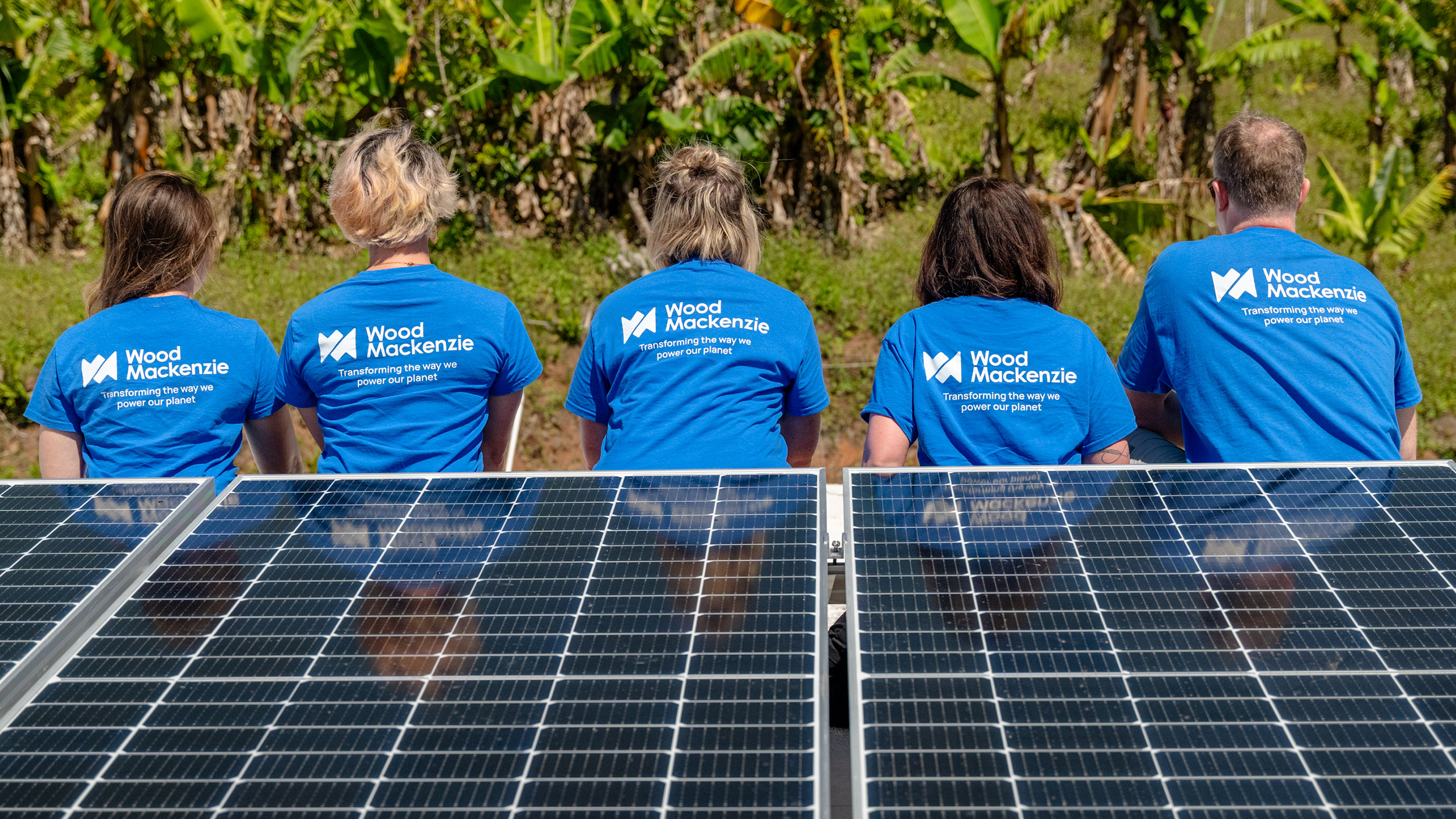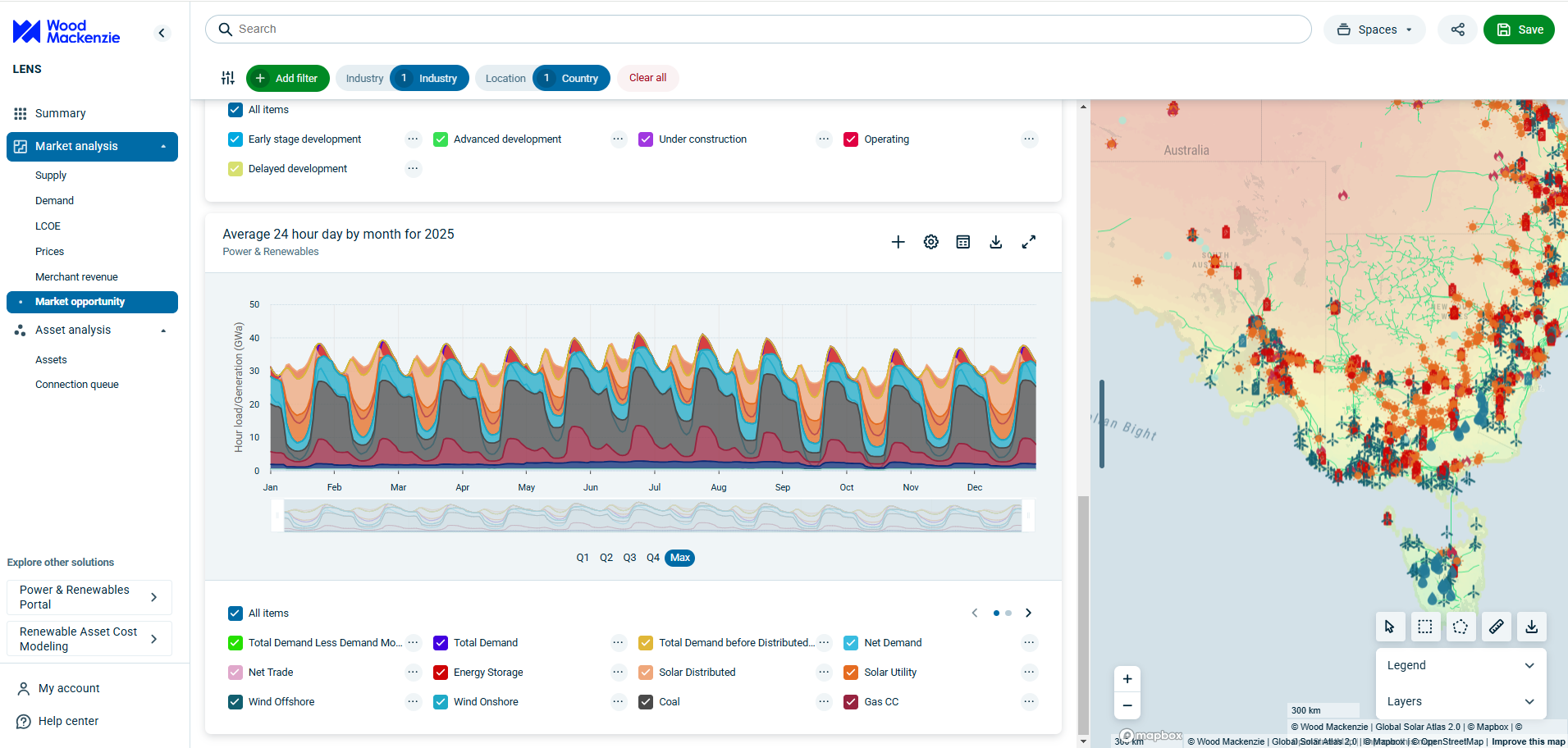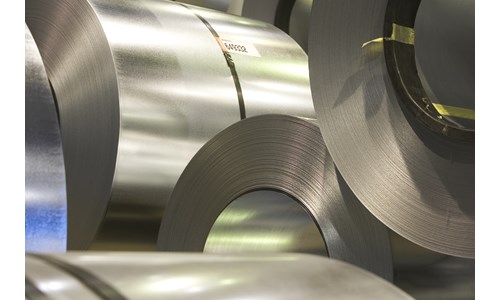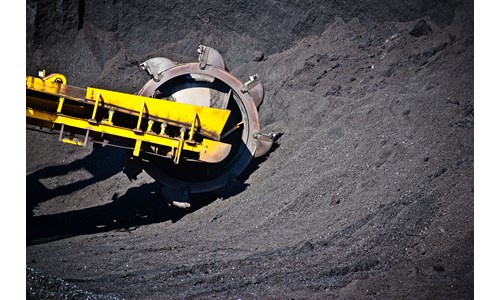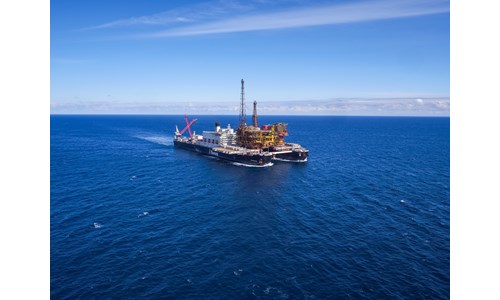Deep decarbonization requires deep pockets – trillions required to make the transition
*Please note that this report only includes an Excel data file if this is indicated in "What's included" below
Report summary
Table of contents
- Executive summary
- Introduction
-
Operational challenges associated with RE100 policies
- Feast or famine – coping with intermittency
- Tallying the price of transition – a US example
- Buildout of wind and solar capacity to meet RE100
- Storage investments to backstop intermittency
- Transmission costs
- Cost inflation given supply chain requirements
- Crafting compromises – charting a path forward
- 1. Allow time for new technologies to be commercialized
- 3 more item(s)...
- Conclusions
Tables and charts
This report includes the following images and tables:
- Figure 1: Hourly wind and solar generation share for select LCPS
- Figure 2: Hourly power prices at varying levels of W+S market penetration
- Figure 3: Transitions costs vs levelized costs of renewables
What's included
This report contains:
